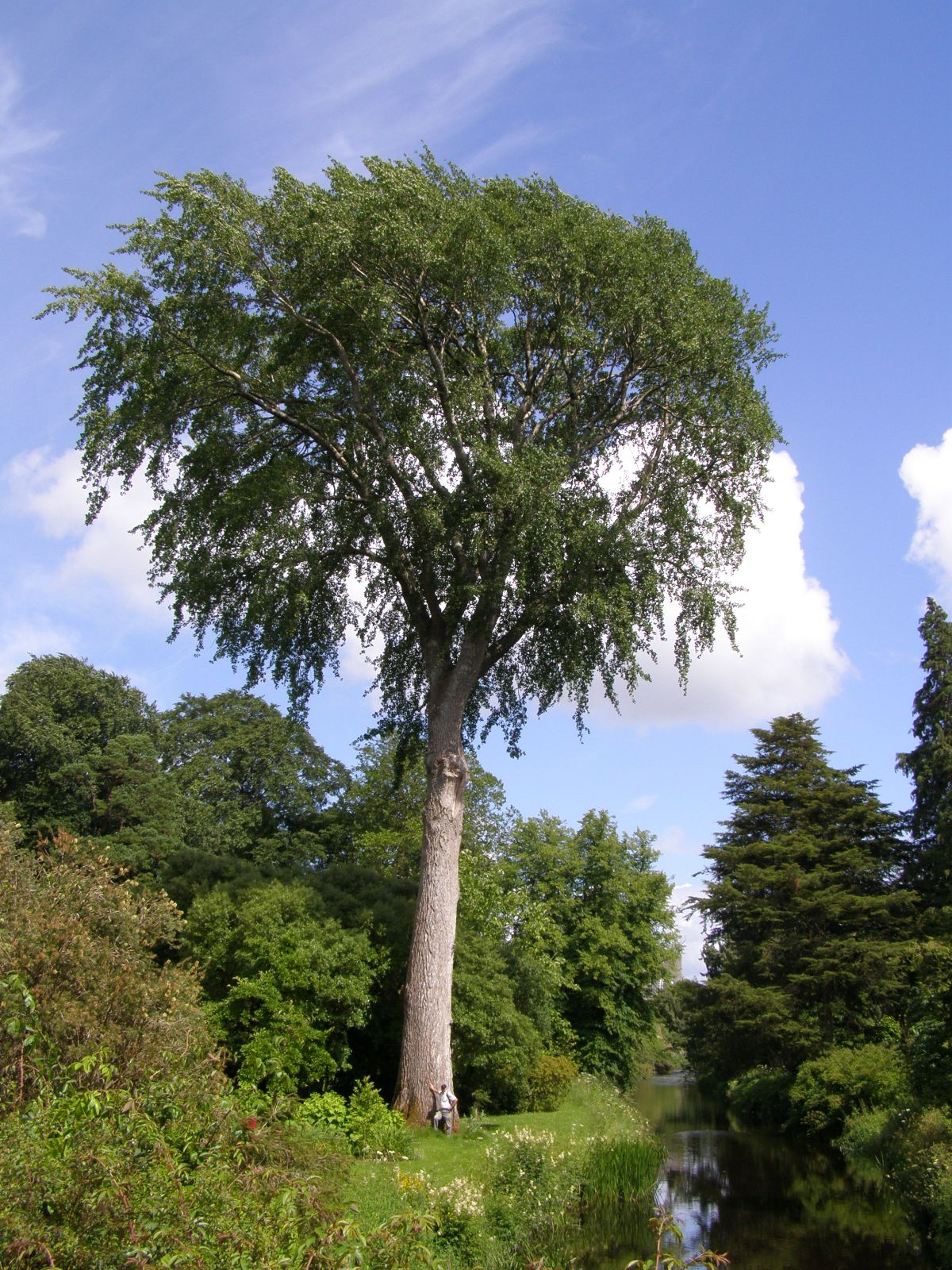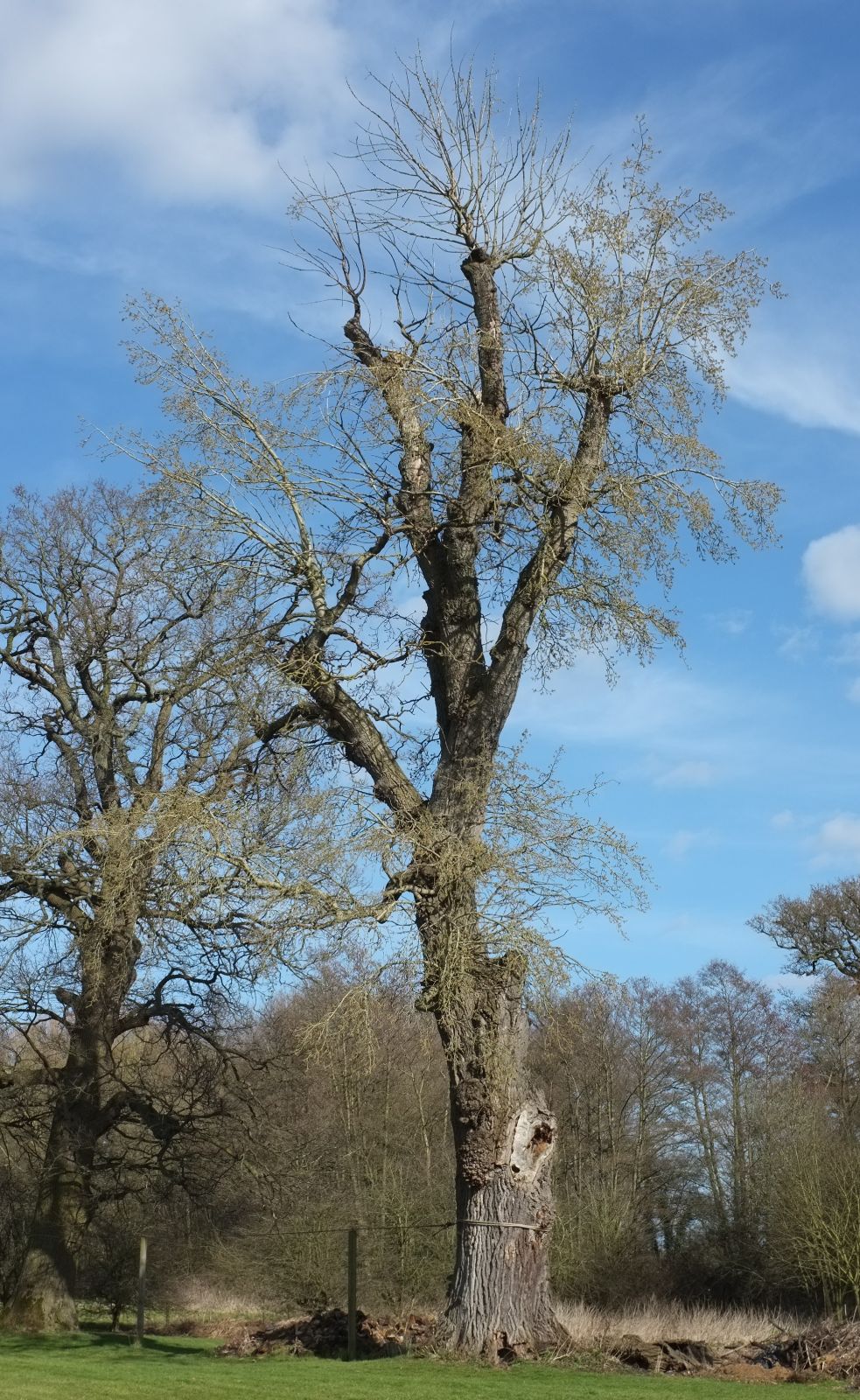Populus canescens
Credits
Article from Bean's Trees and Shrubs Hardy in the British Isles
Recommended citation
'Populus canescens' from the website Trees and Shrubs Online (treesandshrubsonline.
Infraspecifics
Other taxa in genus
- Populus acuminata
- Populus adenopoda
- Populus alba
- Populus angulata
- Populus angustifolia
- Populus balsamifera
- Populus × berolinensis
- Populus × canadensis
- Populus candicans
- Populus ciliata
- Populus deltoides
- Populus fremontii
- Populus × generosa
- Populus glauca
- Populus grandidentata
- Populus heterophylla
- Populus koreana
- Populus lasiocarpa
- Populus laurifolia
- Populus maximowiczii
- Populus nigra
- Populus purdomii
- Populus sargentii
- Populus simonii
- Populus szechuanica
- Populus tremula
- Populus tremuloides
- Populus trichocarpa
- Populus tristis
- Populus wilsonii
- Populus yunnanensis
A tree 100 ft high, with a trunk 12 ft or more in girth; bark of the young trunk and branches yellowish grey, with horizontal, angular scars, becoming furrowed like an oak or ash with age. Both the terminal part of the young shoots and the underside of the terminal leaves are covered with white or grey felt, and much of this is retained until the fall of the leaf, and it is never abundant on the short twigs or on the lower leaves of the strong shoots, which become usually green and glabrous by the end of the season. Leaves roundish on lateral twigs, much larger and ovate on strong leading shoots, the smaller ones 1 to 2 in. long, the larger ones 3 to 4 in. long; all with large, blunt, rounded teeth, and rounded or slightly heart-shaped at the base; stalk flattened, 1⁄2 to 3 in. long, carrying about the same amount of wool as that part of the shoot to which it is attached. Male catkins 2 to 4 in. long; stamens eight to fifteen. Female catkins 3⁄4 to 4 in. long. Catkin-scales long-ciliate, laciniate, the divisions reaching less than halfway to the base; they are therefore intermediate in form between those of P. alba and P. tremula, since they are dentate in the former and divided more than half-way to the base in the latter.
P. canescens is of fairly wide distribution in Europe and occurs in southern and eastern England, where it is often confused with P. alba. It differs from that species in its leaves being grey rather than white beneath, except when quite young, and in those of the base of the shoot becoming glabrous or almost glabrous by autumn; the leaf-stalks are generally much longer and more naked, and the catkins are longer. The leaves are never maple-like in form, as they are on the strong shoots of P. alba. This is a very vigorous and handsome poplar, which produces suckers freely, and grows well on most soils, including chalky ones. It is used for shelter and, in some parts of the world, for checking soil-erosion.
Most modern authorities consider P. canescens to be a hybrid between P. alba and P. tremula. Its presence in Britain, where P. alba is not native, provides no argument against this hypothesis, since it is by no means certain that P. canescens itself is truly native. The great rarity of female trees suggests that it has been distributed by human agency. It should also be noted that the grey poplar often shows two aspen characters not mentioned in most descriptions: a thickened, cartilaginous margin to the leaf, and the presence on the leaves of strong shoots of two glands at the junction of the blade with the petiole; also that deliberate crosses between P. alba and P. tremula have produced trees indistinguishable from P. canescens.
The status of P. hybrida Bieb., described from the Caucasus and often considered to be synonymous with P. canescens, is also a matter of dispute. In Flora Europaea it is stated to be P. canescens × P. tremula, a hybrid also reported from the British Isles.
Some large specimens of P. canescens are: Home Park, Windsor, Berks, 97 × 133⁄4 ft (1964); Tarrant Crawford, Dorset, 102 × 121⁄4 ft (1965); Conon House, Dingwall, Ross, 95 × 121⁄4 ft (1956). But the most notable specimen in the British Isles is a splendid tree at Birr Castle, Co. Offaly, Eire, which measures 105 × 153⁄4 ft (1966).
From the Supplement (Vol. V)
specimens: Castlehill, Devon, 124 × 13 ft (1983); Dunrobin Castle, Suth., 92 × 131⁄2 ft (1980); Birr Castle, Co. Offaly, Eire, 124 × 181⁄4 ft and 121 × 161⁄4 ft (1985); Abbeyleix, Co. Laois, Eire, 125 × 11 ft (1985).
'Aureo-variegata'
Leaves usually smaller than in the type, and marbled with yellow; poor, and apt to revert.'Macrophylla' Picart's Poplar
A large-leaved form of the grey poplar, the leaves being often 6 in. long on vigorous shoots.P tomentosa Carr.
Synonyms
P. alba var. tomentosa (Carr.) Wesm.
P. pekinensis L. Henry




